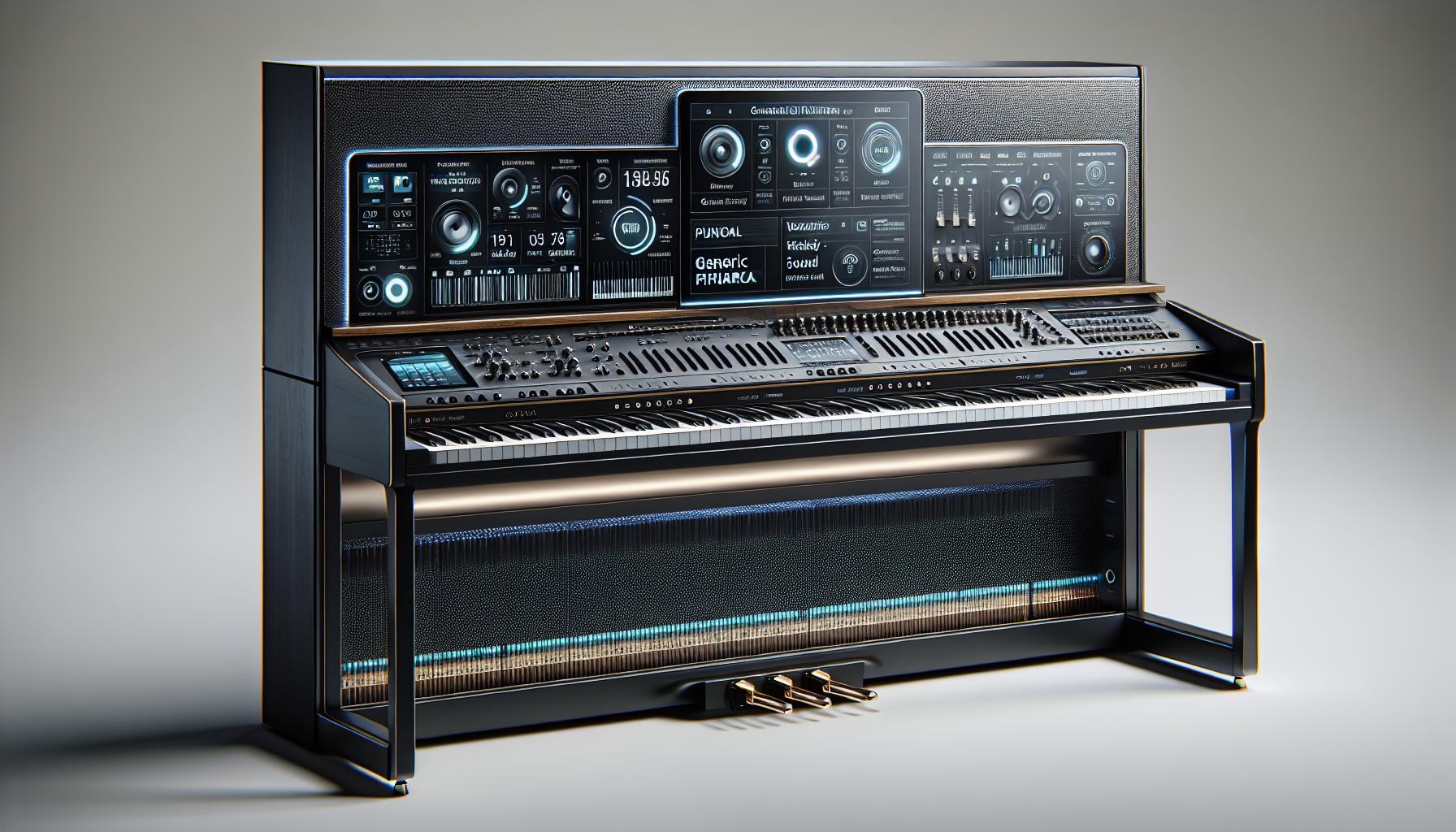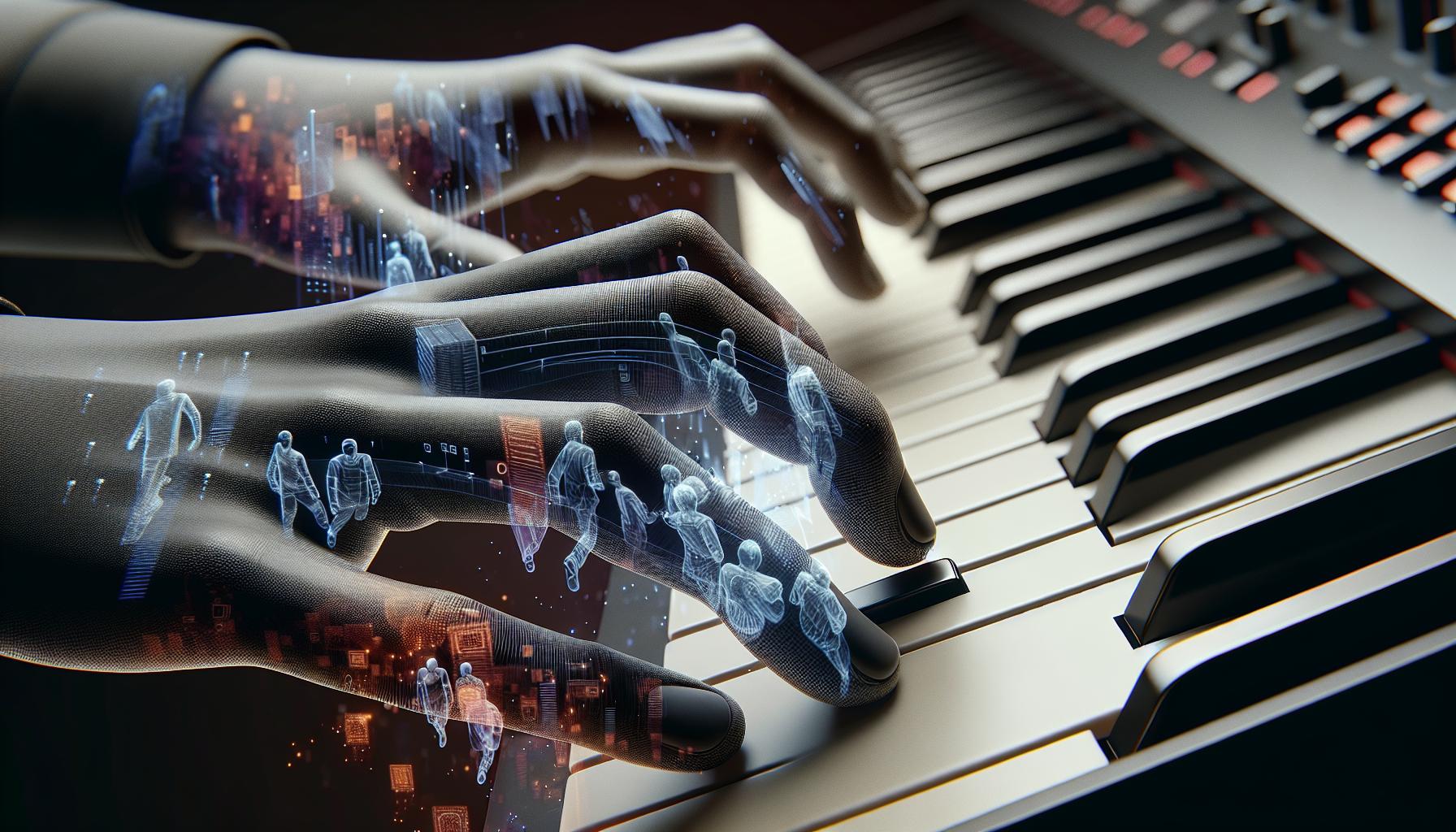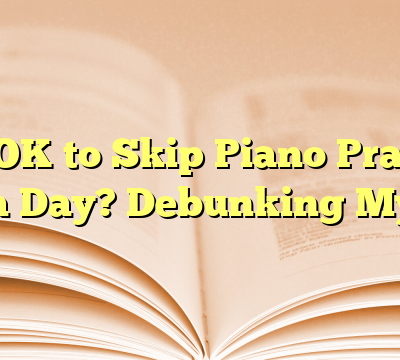When it comes to digital piano keyboards, two names often rise to the top: Yamaha and Casio. Both brands offer a wide range of options for musicians of all levels, from beginners to professionals. But how do they stack up against each other?
Yamaha's keyboards are known for their high quality and professional-grade features. They're often seen in music studios and on concert stages around the world. On the other hand, Casio keyboards are praised for their affordability and user-friendly interfaces, making them a popular choice among beginners and hobbyists.
In this article, we'll dive deeper into the specifics of these two brands. We'll compare their key features, sound quality, durability, and pricing to help you make an informed decision. Whether you're a seasoned musician or just starting out, this comparison should shed some light on which keyboard is the right fit for you.
Key features of Yamaha keyboards
When it comes to digital piano keyboards, Yamaha holds a strong reputation for its impeccable key features. Each model offers a unique combination of specifications that cater to a range of pianists, from beginners to seasoned musicians.
One of the standout features of Yamaha keyboards is the Graded Hammer Standard (GHS) keyboard. This technology mimics the feel of an acoustic piano where the keys in lower octaves provide a heavier touch, getting lighter as the keys go up in octave. It's a crucial feature for those who want to build proper finger technique.
Additionally, Yamaha's AWM stereo sampling enhances the sound quality to a level that's strikingly real. AWM (Advanced Wave Memory) is a sampling system which creates the realism of an acoustic instrument by using digital technology to record the instrument's sound. This carries over the rich tones of an actual piano, adding immense value to the playing experience.
An equally impressive aspect is Yamaha's Smart Pianist App compatibility. It gives users an interactive platform to adjust settings, select instrument voices, and even transcribe music. Beginners find this particularly beneficial as it provides useful tools for learning.
On top of these, Yamaha keyboards typically come with an extensive library of pre-loaded songs. The song bank, featuring a varied selection of classical favorites to popular hits, works as both an educational tool and a source of entertainment.
Further proving its worth, it's important to note that Yamaha keyboards often have durable builds and understated aesthetics. They're manufactured with high-quality materials that ensure longevity and are designed with a professional look, appealing to many pianists.
In terms of connectivity, most Yamaha models have USB and MIDI ports, allowing pianists to connect the keyboard to other devices for expanded functionality.
All these notable features combine to make Yamaha keyboards a favourable choice for many. Yet, it's essential to consider other factors like individual budget, required features, and personal preference when making the final decision.
Key features of Casio keyboards

Let's talk about Casio. Known for their innovation, Casio keyboards offer a myriad of features that make them a competitive choice for a digital keyboard. They've created a name in the industry for their quality, variety of options, and easy accessibility to beginners and professionals alike.
Primarily, Casio keyboards come with the Scaled Hammer Action II Keyboard system. It's a sophisticated technology that doesn't just mimic the feel of an acoustic piano. It goes a step further in replicating the granular details. The moment you strike the key, you'd feel a heavy touch on the lower notes that gradually becomes lighter as you move up.
Sound technology is a strength Casio doesn't shy away from flexing. The brand's proprietary AiX sound Source technology provides clear, rich tones that resonate for a remarkable music experience. You'd find that it enhances the audio output to a quality that parallels a grand piano, captivating the hearts of the listeners.
Furthermore, Casio offers its Chordana Play app compatibility. It's a supportive tool for beginners and music enthusiasts. The app allows you to change settings easily, access tutorial lessons, and play along with MIDI files as per your learning pace.
Casio also equips their keyboards with a wide selection of built-in songs and rhythms. From the classics to the latest chart-toppers, there is an abundance of choices for training and entertainment. Plus, Casio keyboards boast of durable builds that can withstand the test of time.
Suffice to say, Casio keyboards pack a punch with their feature sets. However, each person's preferences vary. It'd be wise to compare these features with what Yamaha has to offer before jumping into a conclusion.
Bear in mind, both Yamaha and Casio offer excellent keyboards intending to suit the needs of their users. As much as the choice relies on the product's features, it also comes down heavily on the user's preferences, budget, and required features.
Sound quality comparison

Comparing Yamaha and Casio keyboards in terms of sound quality also reveals noteworthy differences. While both models strive to offer the most realistic sound possible, the technologies they employ to deliver this vary.
In the Yamaha keyboards, sound quality is significantly enhanced via the company's very own AWM stereo sampling technology. This technology works by capturing high-quality recordings of acoustic pianos, which are then used to generate the sound in Yamaha's digital keyboards. No matter if someone's playing a soft soothing melody, a serene nocturne or a vivacious sonata, these keyboards produce grand acoustic variations that cater to every musical taste and style.
On the flip side, Casio keyboards rely on their AiX Sound Source technology to deliver sounds that are clear, rich, and filled with harmonic overtones. With this technology, Casio has excelled in providing grand piano tones that are expressive, powerful and resonate beautifully across all frequencies. Whether one is practicing scales or performing at their first concert, playing a Casio keyboard creates a sonic experience that can rouse any audience.
The differences don't just end here. Yamaha keyboards generally have a warmer, more vibrant sound profile. This tends to produce a full-bodied tone that is comfortable for most pianists. Conversely, Casio keyboards tend to produce a brighter tone which can be quite attractive to performers who lean towards precision and clarity.
However, it's important to note that the sound quality of both these keyboards can be greatly affected by external factors such as existing room acoustics or the type of external speaker system used.
With the clear distinctions between the two keyboard giants when it comes to sound quality, one would think making a choice between the two would be simple. However, that's not necessarily the case as the sound preference can be highly subjective based on the user's piano playing style, ear for music, and personal auditory preference. The best way to decide is simply to play and listen to both keyboards and see which one resonates most.
Durability comparison

Shifting focus onto the durability aspect, both Yamaha and Casio don't skimp when it comes to the quality of their pianos. However, minor differences divide these two giants. Diving deeper into this comparison allows us to shed some light on these subtle nuances.
When talking about Yamaha, durability is part and parcel of their offerings. They've built a reputation for their keyboards' longevity, much like their motorbikes. Grown from the same ethos, Yamaha puts an uncompromised focus on quality at every stage of construction. Take their PSR series, for example, that's been around for 3 decades and shows no sign of faltering. This steadfast dependability across their range is a testament to Yamaha's commitment to durability.
Now let's focus on Casio keyboards. Despite Yamaha's robustness, Casio musical instruments don't lag behind. Casio's specs sheet implies a strong focus on resilience. Their Privia PX series, illustrated by the model Casio PX-770, is strikingly solid and designed to last. Its matte keys provide resistance to wear and tear, aiding the keyboard's overall lifespan in the long run.
Additional aspects like the soldering of electronic components, quality of elemental materials, and tight control on manufacturing processes play a significant role in determining the keyboards' durability too. Yamaha and Casio prioritize these factors, ensuring their customers receive a product that lasts.
Despite subtle differences, users globally have found their digital pianos from both these brands going strong even after several years of consistent use. It’s clear that Yamaha and Casio both manufacture keyboards that are built to last.
Remember, though, that the exact lifespan of a digital piano can hinge significantly on how it's used and maintained. Regular cleaning, proper storage, and usage within the manufacturers' guidelines certainly help prolong the keyboard's lifespan. Comparing Yamaha and Casio's durability brings us to the realization that both brands offer robust musical instruments. They each have their own unique strengths and choosing between them really boils down to personal play style and brand preference.
Pricing comparison

While sound quality and durability are vital factors when choosing a digital piano, it's essential not to overlook the price point. Everyone's on a budget, whether it's tight or generous. That's where the brands Yamaha and Casio reveal another contrast.
Yamaha keyboards typically come with a higher price tag compared to their Casio counterparts. The higher cost isn't just for prestige - it's reflective of the quality of materials used, the engineering prowess, and the longstanding reputation that Yamaha has built over the years.
On the other hand, Casio's digital piano keyboards are often more budget-friendly. Their appeal lies in providing a good balance of quality and affordability. These keyboards are priced lower but still offer an impressive array of features. So, for beginners or those on a tighter budget, Casio can be an attractive choice.
There's no doubt that both Yamaha and Casio produce a wide array of keyboards catering to all sorts of budgets. To give an apt idea about the price range, let's consider some popular models from both brands.
| Brand | Model | Price Range |
|---|---|---|
| Yamaha | P-45 | $450-$500 |
| Yamaha | YDP-144 | $1000-$1200 |
| Casio | CTK-3500 | $100-$150 |
| Casio | PX-770 | $600-$700 |
As we can see, the prices vary quite a bit, even within each brand. These figures give a general sense of where each brand falls in terms of price.
In the journey of choosing between Yamaha and Casio, one needs to evaluate carefully. It's not just about whether you can stretch your budget to get a Yamaha piano or save some bucks with a Casio. What matters more is if the features and qualities fit your specific needs and preferences. Because the true value of a musical instrument is not in its price tag, but in the happiness and satisfaction it brings to its user.
Conclusion
When it comes to picking the perfect keyboard, it's not a one-size-fits-all situation. Yamaha and Casio both have their strengths. Yamaha's keyboards might be a bit pricier but they're known for their superior sound quality and durability. On the other hand, Casio's keyboards are the go-to for those on a budget, offering a balance of quality and affordability. It all boils down to what fits your personal play style, brand preference, and budget. So whether you're leaning towards the rich tones of a Yamaha or the cost-effective reliability of a Casio, you're sure to find a keyboard that hits all the right notes.
Harlan Kilstein began playing piano during covid with no piano background at all. He taught himself how to play learning what to do and what not to do.
Today he's an advanced intermediate player and can help you grow in your skills because he learned all this on his own.








